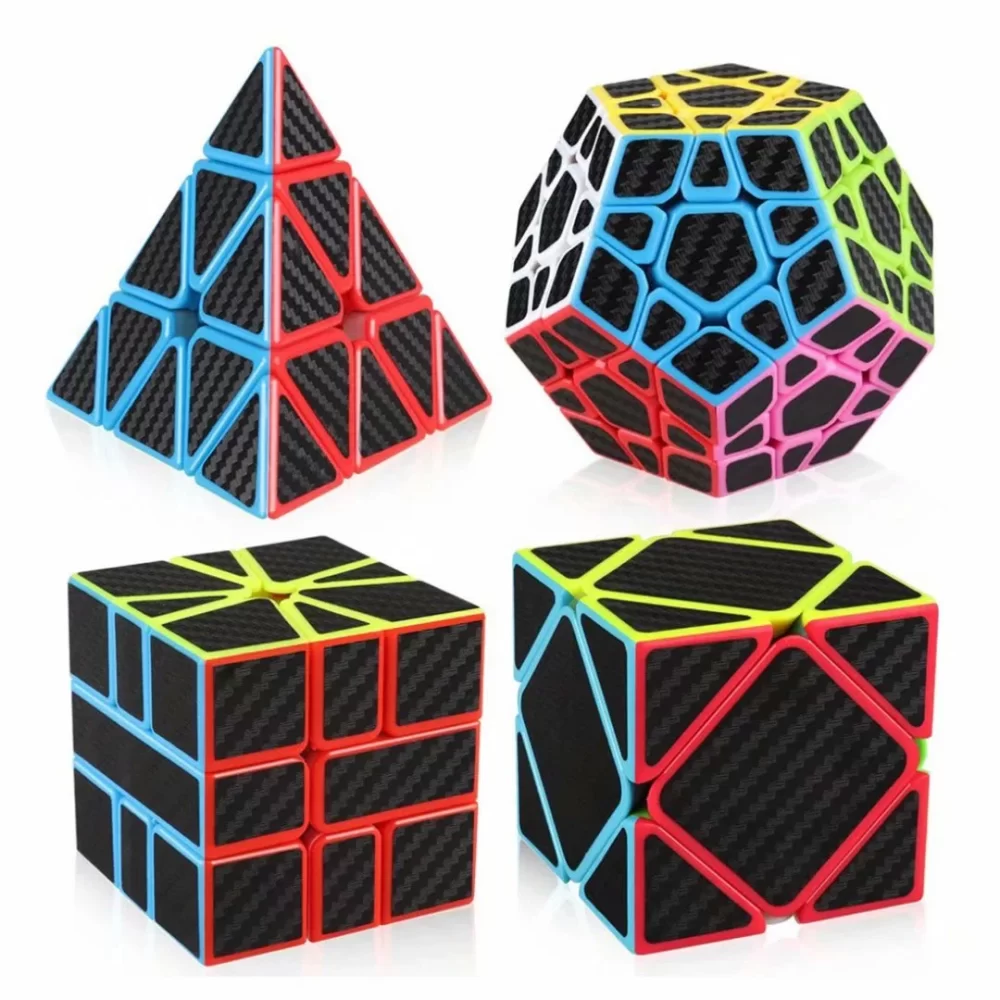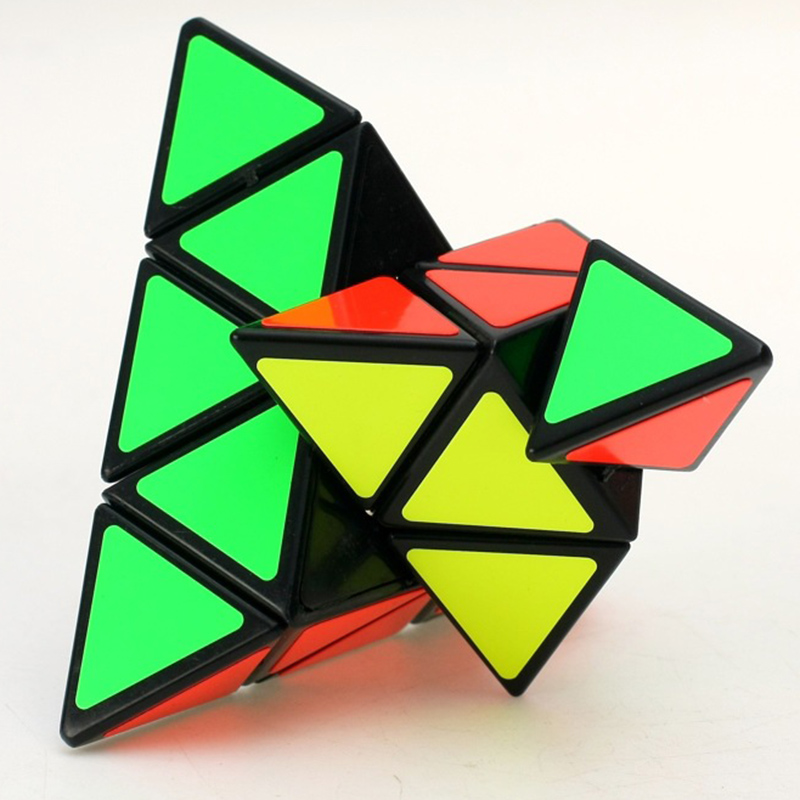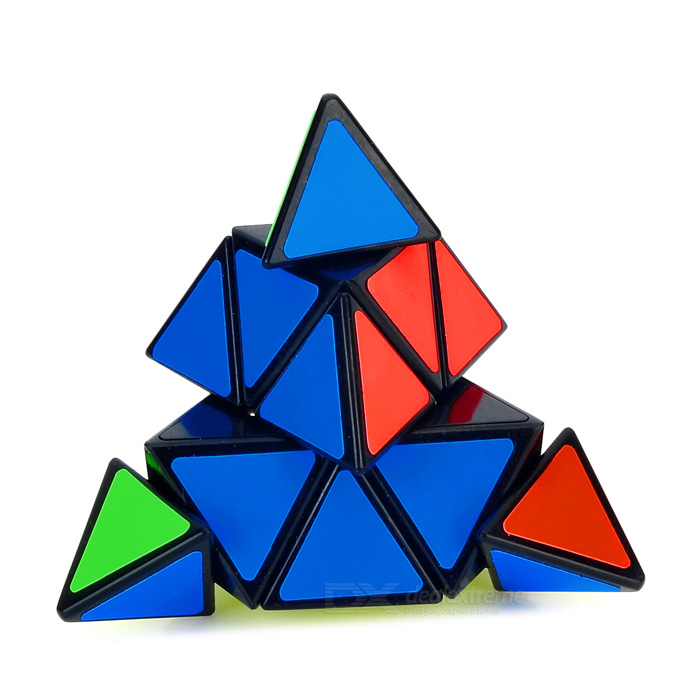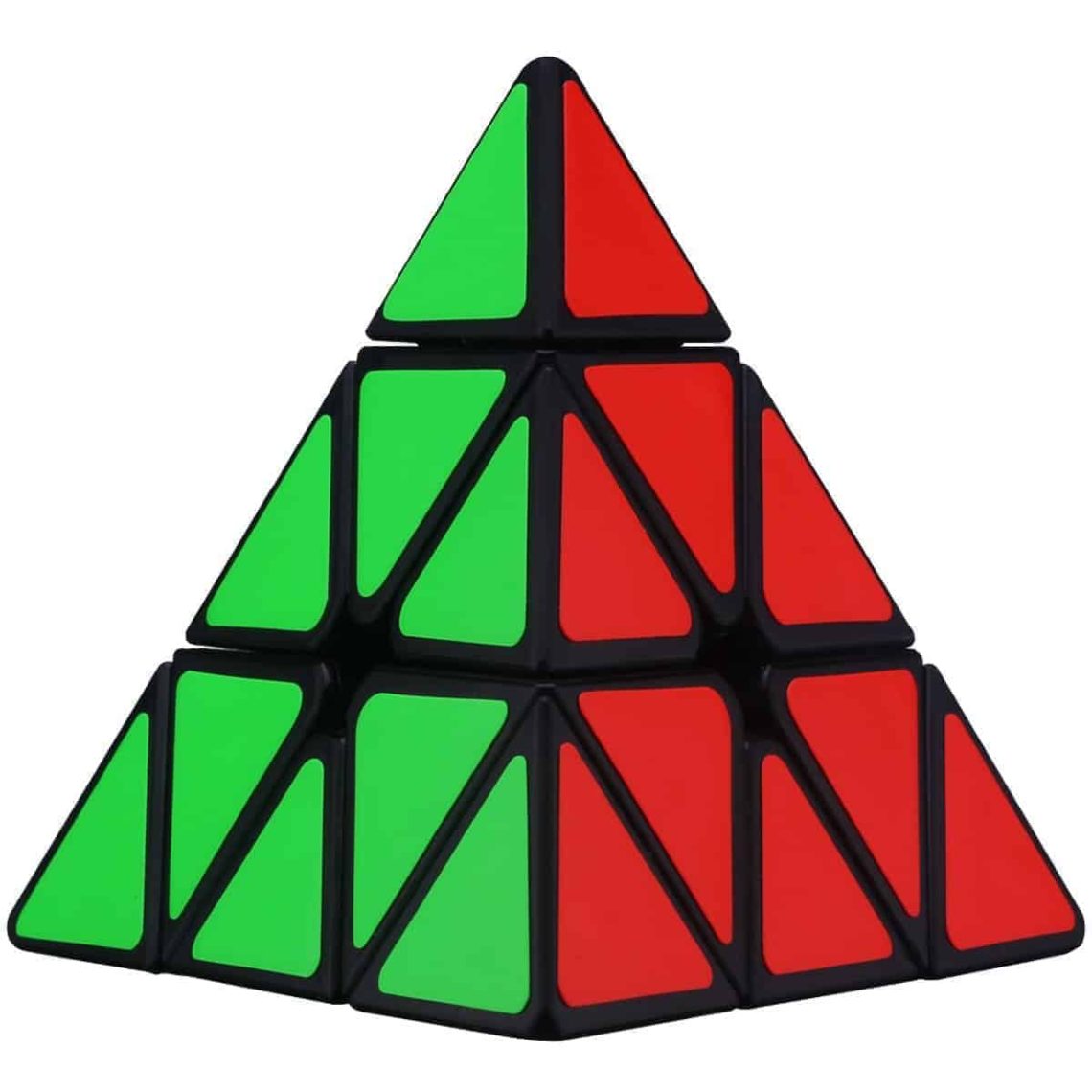How to Solve a Pyramid Rubik’s Cube
Do you want to know How to Solve a Pyramid Rubik’s Cube?The Pyraminx is a fascinating puzzle that challenges both beginners and experienced solvers alike. Easy to grip and visually appealing, the Pyraminx offers a unique solving experience, distinct from traditional Rubik’s Cubes, such as the 3×3. In the world of twisty puzzles, the Pyraminx has become increasingly popular due to its tetrahedral shape and engaging mechanics.

This article will cover everything you need to know about solving the Pyraminx, from understanding its structure and mechanics to step-by-step solutions. Whether you are just starting or looking to enhance your skills, this comprehensive guide will provide you with the knowledge and techniques you need. Let’s dive into the exciting world of the Pyramid Rubik’s Cube!
Understanding the Pyramid Rubik’s Cube
To effectively solve the Pyraminx, it’s essential to understand its structure and mechanics. The Pyraminx is a tetrahedron, consisting of four triangular faces, twelve edges, and eight corner pieces. Each face can be rotated independently, allowing the colors to mix as you twist and turn the cube.
One significant aspect of the Pyraminx is its mechanism. Unlike the standard 3×3 Rubik’s Cube, the Pyraminx features a simpler movement system. Each face can turn a full 120 degrees, and it has a unique corner-turning mechanism that helps keep the puzzle together. This simplicity makes the Pyraminx an excellent entry point for beginners.
Now, let’s discuss the differences between the Pyraminx and other Rubik’s Cubes. While the conventional Rubik’s Cube requires learning multiple algorithms and strategies, the Pyraminx focuses more on pattern recognition and intuitive solving techniques. This difference can make it more approachable for new solvers, as the basic concepts can be grasped quickly.
Basic Strategy for Solving the Pyraminx
Now that you understand the structure and mechanics, let’s dive into the basic strategy for How to Solve a Pyramid Rubik’s Cube. This step-by-step guide is designed for beginners and focuses on clarity and simplicity.
Step 1: Solve the Tips
Start by orienting the Pyraminx to see its tips on each triangular face. Twist the tips so that all three tips of one face show the same color. This will be your first step and helps establish a foundation for further solving.
Step 2: Solve the Corners
Next, focus on solving the corner pieces. Choose a color to work with and position the corner pieces so that the colors match the surrounding tips. Twist the corners carefully to align them without disturbing your completed tips.
Step 3: Solve the Edges
Once the corners are in place, turn your attention to the edges. Adjust the edges between the corners while ensuring that they align properly. At this stage, you may need to perform a few simple maneuvers to correctly orient the edges with the correct colors.
Step 4: Final Adjustments
Now, inspect the cube for any misaligned pieces. Make minor adjustments as necessary to ensure that all colors are correctly aligned across the faces. If needed, repeat some of the previous steps to solidify your solution.

Using diagrams or visual aids can greatly enhance your understanding of these steps. Consider referencing online resources or instructional videos that demonstrate the solving process in real-time, as seeing the steps in action can accelerate your learning.
Intermediate Techniques for Faster Solving
Once you have mastered the basics, you can transition into more advanced techniques about how to solve a Pyramid Rubik’s Cube. Here are a few methods:
God’s Number
“God’s Number” refers to the maximum number of moves required to solve the Pyraminx from any scrambled position. For the Pyraminx, this number is often around 11 moves. By familiarizing yourself with common configurations and efficient solving paths, you can often solve the cube in far fewer moves.
Algorithms
Learning specific algorithms can streamline your solving process. For example, familiarize yourself with common moves that can rotate edges or corners without disrupting solved areas. Here are a couple of example algorithms:
R U R’ U’: This algorithm can be effective for adjusting edge orientations.
U R U’ L’ U R’ U’ L: This can assist in final adjustments during your last layer.
As you practice, you’ll find that incorporating these algorithms into your routine can greatly increase your efficiency, making it easier to achieve faster solves.

Common Mistakes on How to Solve a Pyramid Rubik’s Cube
Many beginners make a few common mistakes during their initial solves. Here are some to watch for:
Over-Rotating Tips: Be careful when twisting the tips, as over-rotation can scramble the colors you’ve already solved.
Misplaced Corners: Ensure that the corners not only match the tip colors but also the adjacent edges. Double-check before locking in your pieces.
By recognizing these pitfalls, you can correct them early in your practice, reducing frustration and allowing for smoother solves.
Tips and Tricks for Mastering the Pyraminx
Improving your solving time and technique on the Pyraminx comes down to practice and the application of efficient strategies. Here are some additional tips and tricks:
Finger Tricks
Adopting finger tricks can save time and promote fluidity in your solves. Practice turning faces with minimal hand movement. For instance, use your fingers to push adjacent corners rather than using your entire hand. This can help you develop muscle memory, leading to faster execution.

Visualization
Before making any moves, take a moment to visualize the impact of your turn. By planning ahead, you can anticipate moves rather than reacting to the changing layout. This foresight is crucial for developing quicker solving skills.
Consistent Practice
Like any skill, consistency is vital. Set aside time each day or week to practice solving the Pyraminx. Over time, you will build familiarity with the puzzle and a collection of solutions that can be called upon when necessary.
Advanced Techniques for Competitive Solving
Once you have developed a firm grasp on the basics and intermediate techniques, you may want to explore advanced methods used by competitive solvers. Speedcubing the Pyraminx can differ significantly from casual solving.
Advanced Algorithms
Advanced solvers often utilize specific algorithms to minimize the number of moves needed, which can dramatically increase solving speed. Learning these can be overwhelming, but with consistent practice, you will begin to see results. Notable algorithms include:
– Sune Algorithm: (R U R’ U) for positioning the last layer.
– Anti-Sune Algorithm: (U R U’ R’) for adjusting edge orientations.
Understanding Cube Notation
Getting accustomed to cube notation is crucial for learning advanced techniques. Notation helps in quickly grasping algorithms:
– R = clockwise rotation of the right face.
– L = clockwise rotation of the left face.
– U = clockwise rotation of the upper face.
– D = clockwise rotation of the down face.
– F = clockwise rotation of the front face.
– The apostrophe (e.g., R’) signifies a counter-clockwise twist.
Practice with Stress
When studying for competitions or attempting to speed cube, it’s essential to practice under pressure. Simulate competitive conditions by timing yourself, or utilizing a timer while practicing to manage the pressure of real-time solving. Using a competition-style setup when practicing will prepare you for actual events.

Conclusion
In recap, solving the Pyraminx involves understanding its structure, applying systematic strategies, and consistently practicing your skills. Both beginners and intermediate solvers can benefit from the techniques outlined in this guide. Remember, patience is crucial as you learn the nuances of the Pyraminx.
By following these steps and embracing the suggested techniques, you will progressively refine your skills and tackle increasingly complex configurations. Enjoy practicing, and may your journeys into the world of the Pyramid Rubik’s Cube be both exciting and rewarding!
Feel free to share your progress or any additional tips in the comments below. Together, we can cultivate a community of dedicated and skilled Pyraminx solvers!





